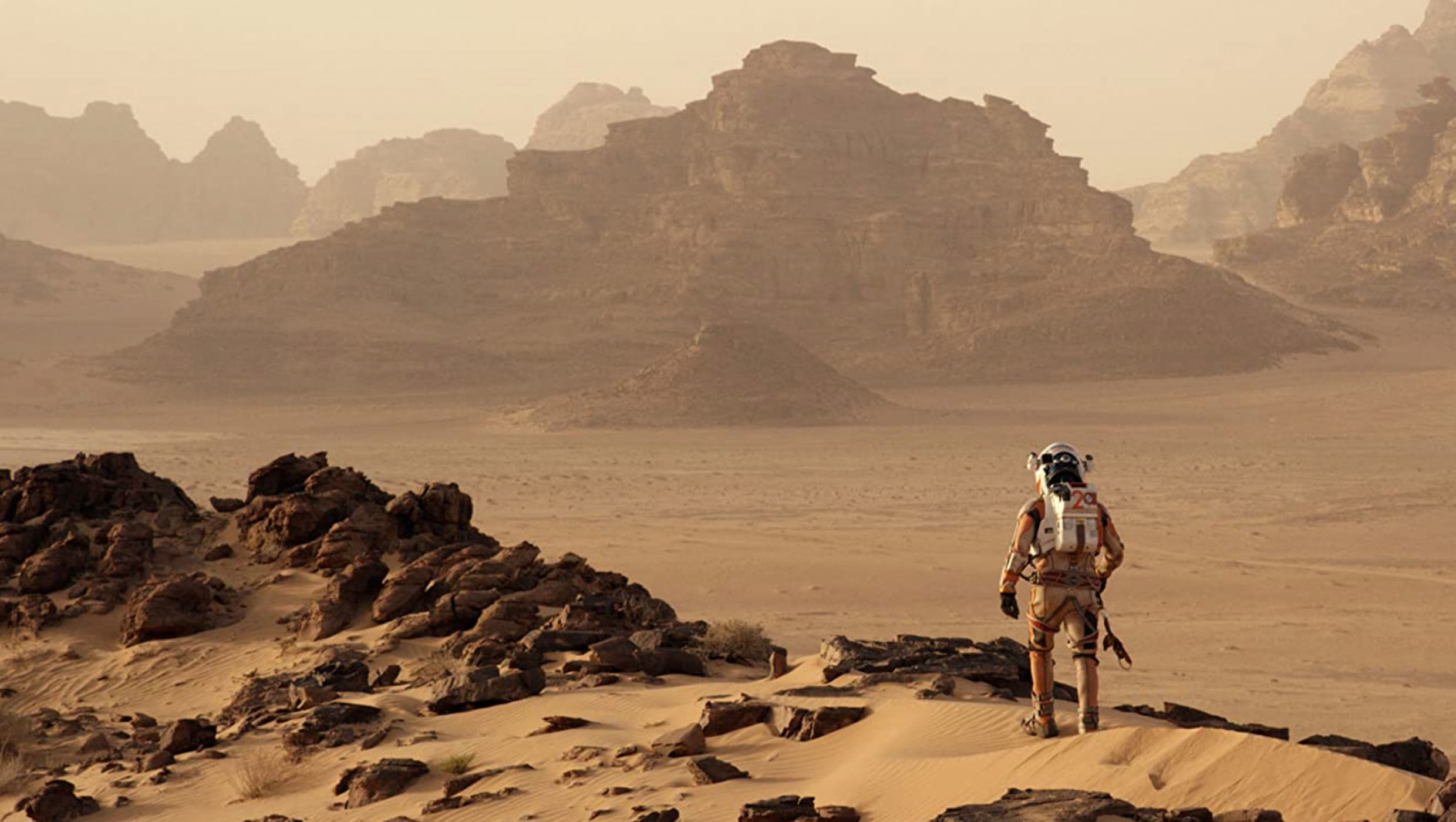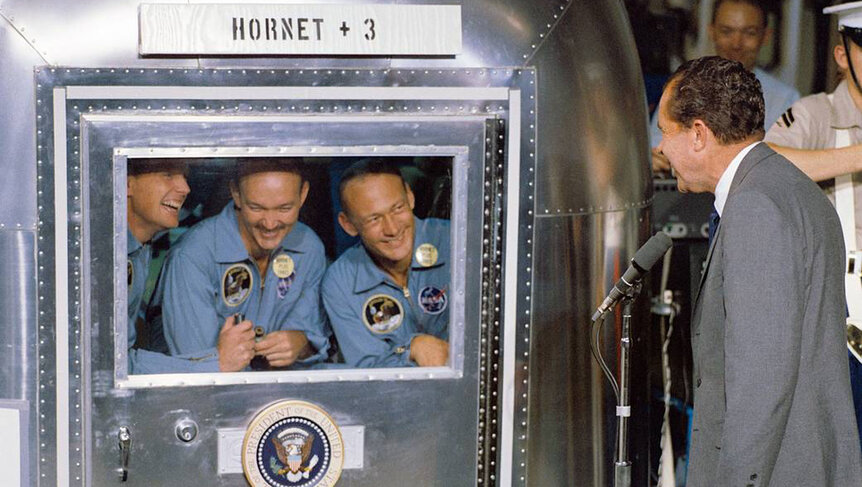Create a free profile to get unlimited access to exclusive videos, sweepstakes, and more!
Mars samples will have to be quarantined, because they could be crawling with alien pathogens

Now that we live in a legit 28 Days Later dystopia where the only thing missing is the zombies, you can probably understand why NASA would be paranoid about bringing Martian rocks or anything alien back to Earth.
The rise of COVID-19 has made the space agency — and every other space agency — much more cautious about what might be lurking in samples from upcoming missions. Before the pandemic sent us all into lockdown with an indeterminate end, Scott Hubbard, former director of NASA Ames, first Mars program director and adjunct professor of aeronautics and astronautics at Stanford University, co-authored a report on planetary protection recommendations that was recently published by the National Academies of Sciences, Engineering and Medicine. Think of it as an extraterrestrial quarantine.
“Exploration conducted in an irresponsible manner could have consequences ranging in scope from the introduction of false positives in life-detection experiments — caused by organisms inadvertently transferred from Earth — to low-probability, high-consequence events arising from the introduction of a replicating extraterrestrial entity into Earth’s environment,” Hubbard and colleagues said in the report.
Fear of alien microbes (or something worse) infesting Earth didn’t just emerge when the coronavirus took over. It has been around since the Space Age dawned. The Outer Space Treaty of 1967 first declared the need for planetary protection policies and defined forward and backward contamination. Forward contamination would happen if we left our own microbes behind on Mars or another planet. If something hitches a ride on a spacecraft back to earth and gets loose, that would be backward contamination. Fear of bringing back Moon bugs was what had the Apollo 11 astronauts famously hanging out in an isolation chamber for 21 days as they smiled for the camera and waved to President Nixon from behind glass.
Quarantine after these missions was mandatory through Apollo 14, after which NASA determined the Moon was devoid of life. The same protocols will be in place for Mars-tronauts until the Red Planet proves to be the barren.
Upcoming missions and advancements in space exploration are making the entire planet more nervous than ever. Even unmanned robotic missions to Mars, like Perseverence, are starting to cause concern because these missions will bring back some of that red dust and regolith that may or may not be a hideout for some sort of life-form. Missions to ocean worlds, such as the Europa Clipper and the Dragonfly quadcopter to Titan, carry even more unsettling possibilities.
Life as we know it needs water to survive. Alien life may or may not get on without it, but this raises serious questions about what might be swimming under the ice of Europa, which is believed to be one vast ocean of water under its icy crust. Plumes of liquid gushing from Jupiter’s frozen moon were found to be actual H2O. Saturn’s moon Enceladus is a similar orb of ice though to be hiding an ocean. While there is no official mission to Enceladus yet, there will be if the proposed Enceladus Life Finder (ELF) is approved by NASA. Titan’s oceans of methane and ethane could also be a hotbed of life. Methane-eating microbes do exist on Earth, so why not Titan?
Methane is also abundant on Mars. Landing there will be more of an issue than returning to the Moon, where the main concern is whether there are enough resources there to support astronauts, especially water ice that is invaluable for drinking, breathable oxygen, and creating rocket fuel using electrolysis. Mars is really alien to us. Not only has our species never left any footprints there, meaning we don’t exactly know what to expect, but the survival guide for humans is going to be very different than that for robots crawling over its hills and craters.
“Sending astronauts to Mars raises far more serious planetary protection issues because the policies and procedures developed for robotic missions to Mars are incompatible with human health, safety and activities on Mars,” said Hubbard.
Will Mars turn out to be the lifeless frozen desert it looks like? Maybe. Are we living out the pages of a science fiction novel right now? Eerily, yes.



























